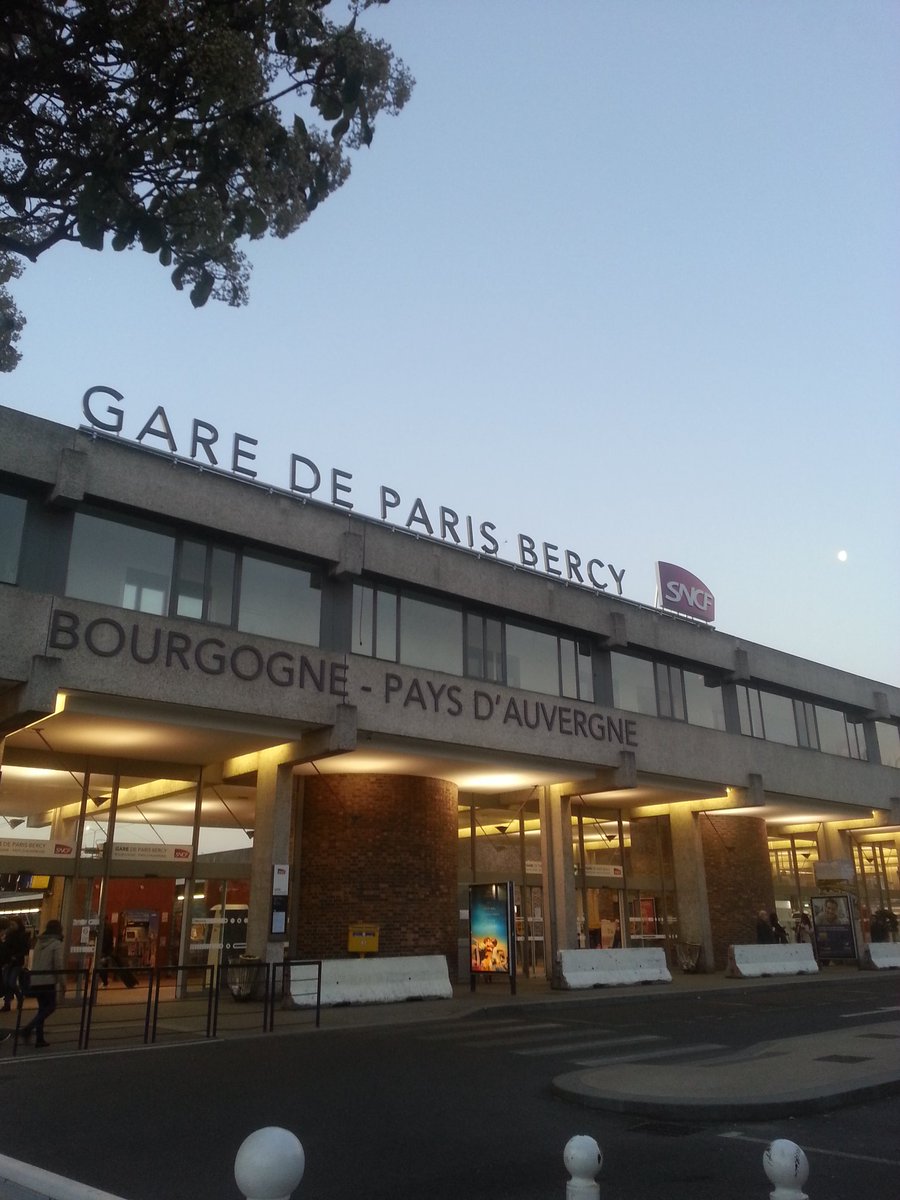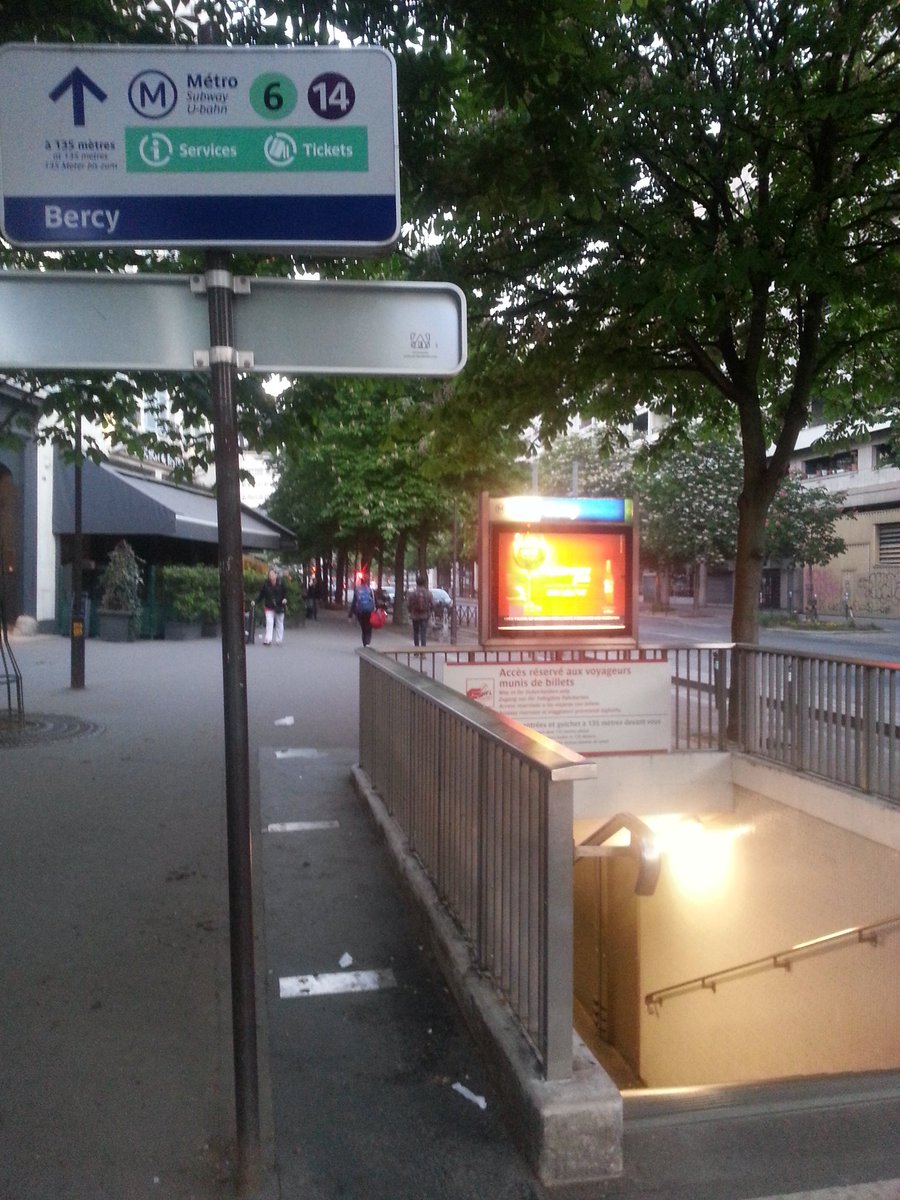The pdog and ag folks have trickled back in, no doubt after dinner and (hopefully) some drinks.
A little reminder of why this working group was formed: A truly delightful piece from my predecessor. dailycamera.com/2016/08/16/dra…
Criteria for prioritizing relocation sending sites
• Criteria for prioritizing receiving sites
• Provide adequate accommodations for all relocated prairie dogs ...
• Use plague vaccine in Southern Grasslands
Staff put them into four categories.
Category 2: Can be done with existing policies but need more staff/resources
2a: Can be done 2020-2021 with budget requests
2b: Can be done 2022 or later
Category 3: Not consistent with current plans or policies but with current staff/resources
Category 4: Not consistent with current plans or policies and needs extra staff/resources
• All translocated prairie dogs receive plague abatement
• Ensure IPM policy allows for use of insecticide as necessary
• Hold public meeting for update and discussion of progress
• Create and implement a fee structure for private landowners relocating to city
• Provide barriers/exclusion on ag. properties
• Address 10% of conflicts annually (staff recommending 3-4 yrs)
• Establish Grassland Conservation Fund
• Leverage support from philanthropic community
• Map neighboring landowner conflict areas
• Increased community outreach; public surveys, and plague education
• Report on inflows and outflows of Grassland Conservation Fund
• Environmental Assessment- Q4, 2019
• Draft Plan- Q1, 2020
• Final Plan- Q2, 2020
• Issues to be considered:
• pesticide use on native grasslands
AND...
• Feasibility and trade-off analysis- 2020-2021
• Decision on proceeding with pursuing reintroduction- end 2021
• Agreements with collaborators- 2022
• Reintroduction if desired- timing uncertain
AND...
• Need for plague management
• Impacts to grazing and lessees
• Occupancy levels required and impacts to grassland mosaic protection
Recommendations on that:
Pilot managed buffer zones
Provide barriers/exclusion on strategic ag. properties
Collaborate with partners on conflict mitigation
Pilot conflict mitigation strategy
Install barriers on OSMP ag land and on adjacent private land
Increase # translocations annually
Address 10% of conflicts annually
14,000-20,000 animals (based on average densities per acre)
$4.8M-$7.3M to relocate those over 20-30 yrs
Here's what is feasible: 12 colonies, or about 10% of the conflicted areas, 110 acres, or 3,000-ish prairie dogs, over the next 3-4 years.
BUT, she says, we aren't proposing to relocate them all.
No, it doesn't: It's just what the contractor gets paid.
All three OK'd the working group Phase 2 recommendations.
Nelson: That's what our contractor charged last year, based on number of dogs moved and total cost charged. I think it's fair.
You know what I miss? Reading books.
Swanson: We are looking at that.
That would protect 22 neighboring properties who have complained and asked for a barrier. "We don't know the scope" of the whole problem; just the ones who have called, Swanson says.
Sooo... the city let pdogs run onto these lands but then want ppl to help pay for it? That's a tough sell.
"Our highest cost has never been than $65-$67. We're an all-volunteer organization."
It was $203 per dog, someone else from the audience says, who says her organization won that bid. "The $350 is an outlier number to me."
Young is saying she wouldn't prioritize that bc it's ironically removing the prairie dogs from their natural habitat, which is the opposite of what they want.
(It's not all private land: two were open space and park land)
Young: Open space is just asking for a process where lethal control might make sense.
Carlisle: There is an overpopulation on our land, so why we would move from private land doesn't make sense.
There are state laws on moving pdogs from county to county.
They haven't called back, city staff says.
So we love the pdogs and don't want to kill them, but we'll move them to a site contaminated by plutonium? Okaaaaaaaaaay.
Weaver: They're paying for it
Nagle: If we say no, are we going to say to the development? I mean, cool, I'm all for that, but....
Young cuts in but Nagle continues with this gem...
Laughter from the audience.
Glowaki: The efficacy of trapping decreases over time; we'll trap for a week but then remove them and do lethal bc the cost to get those last pdogs is exorbitant.
530 acres for ~$250K vs. 16.8 acres for $1M. Hmmm...
I would argue anything that takes $7.3M to fix is a crisis, but that's just me.
Morzel interrupts, then Jones stops her. "Let's not argue."
Increased from 2009-2018
Highest ever level was in 2018
Isaacson: If we could say with confidence the plague could come through next year, we wouldn't be having this conversation.
Isaacson: It's not only that we lose lease revenue; it's a hit to our credibility with our lessees. If high-priority properties were to go under... you need to put thaqt in the mix.
Asks Isaacson: Did you read the leases for Boulder Valley and (another property) with the most problems? (Yes, he says.)
Isaacson: To say to them you agreed to this on your last lease doesn't get us out of the problem.
Open space has $100M worth of water rights. "It's a complete disaster" if under the use-it-or-lose-it water laws, we lose them.
Staff has said we're not in danger of that at this time.
What's the overlap with the prairie dog issue?
Most of those lands are the 518 unleased but irrigable land.
"It's 12:45!" (Jones)
"You guys scheduled this and I have questions." (Morzel)
Isaacson: No. We recognize that if we lose the productivity of those lands, that would be in conflict with the priority for agriculture.
No, we don't have a technical soil specialist, staff guy answers as Morzel talks over him.
"I don't think it's an excuse to be killing prairie dogs unless it's the last possible thing that will do it."
Morzel: How do you think the community is going to react? This thing isn't going to have a suitable public process in that timeline OSBT has laid out.
"Not on our land," Lover says. They have taken over more and more of our irrigated land.
Weaver: You've got 575 acres and 279 of them have prairie dogs. You are kind of the base of this problem.
Q from Brockett: How long have you worked that land?
Lover: Since 1989 (at Boulder Valley Ranch) other properties before that.
Morzel asks if they are going to review at Boulder Valley Ranch.
Lover: That depends on what happens.
Morzel: This process is not going to go fast.
Lover: We do that when we're irrigating; chase them out. We waste a lot of water doing that, but as soon as the holes are dry, they come back.
Nagle seizes on this: Then we'll just have to kill them every year?
Lover: They came back they the city land is adjacent and the pdogs weren't managed.
Quotes a letter to the editor of a neighboring property owner killing thousands of prairie dogs. "It's not them killing the prairie dogs; it's us killing them bc of our policy of not killing them."
Weaver is instead *again* suggesting compensating the property owners for lost property.
Brockett: The quote was, "You're bribing us to not take care of the land."
Young: They want to take care of the land, Sam.
Weaver: We're not going to be killing prairie dogs this summer.
Motion passes.
Please unroll @threadreaderapp if you're still out there. Thank you.























